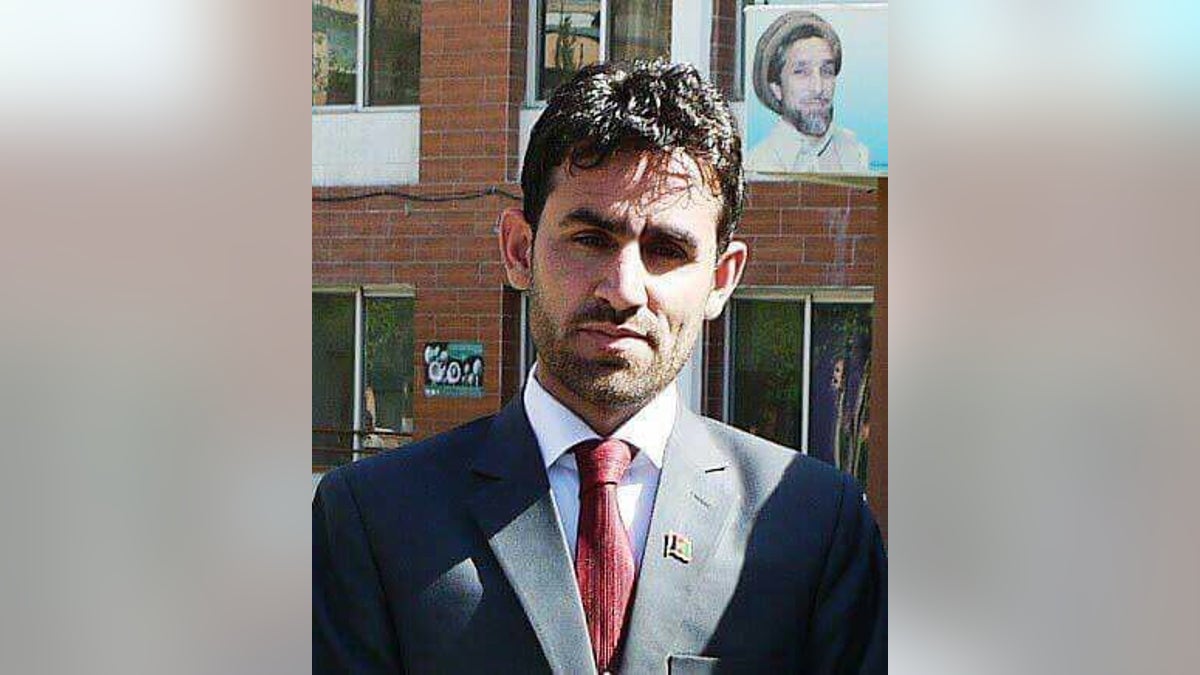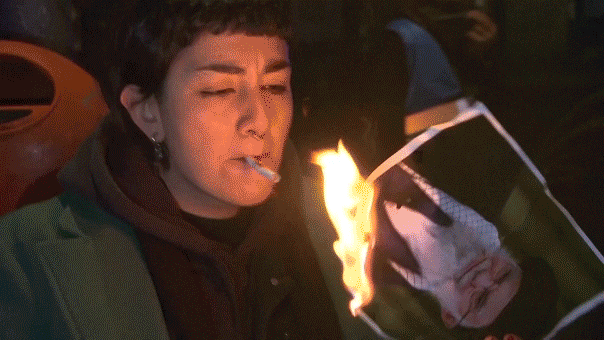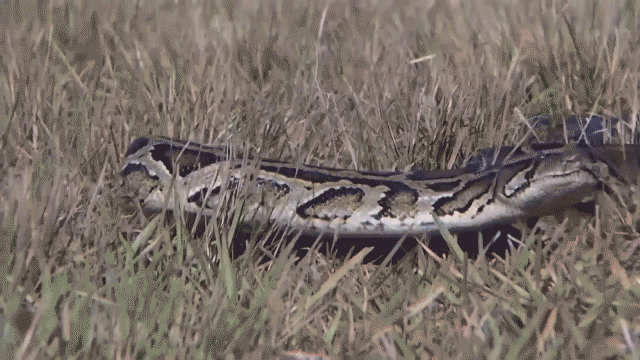Afghanistan officials: Death toll after US bomb rises to 94
David Lee Miller reports on the fallout after major U.S. military strike
KABUL, Afghanistan -- While a labyrinth of underground tunnels and the lives of almost 100 of its fighters were wiped away with one U.S. bomb, the Massive Ordnance Air Blast (MOAB), the Kabul government’s strategy to eliminate ISIS from its stronghold in eastern Afghanistan calls for slow and steady progress.
"One month ago we specifically boosted our counter-terrorism offenses against them, bringing in our Afghan Special Forces to evacuate them from the area," Major Abadullah Karimi, spokesperson for the 202nd Shamshad Police Corps, the headquarters for operations in eastern Afghanistan, told Fox News from the Nangarhar provincial capital of Jalalabad on Sunday. "But we must clean them up slowly. This is the only way."
According to Karimi, ISIS, which last year had a potent foothold in 12 Nangarhar districts, now just controls three: Deh Balaa, Kot and Achin where the MOAB was dropped. Nonetheless, steep challenges remain. The Afghan National Security Forces were compelled to bring in their elite factions and amp up air raids this year as their previous anti-ISIS approach was resulting in high casualties of their men, on one day alone losing 17 lives, Karimi said.
"The mountainous landscape has made it very difficult for us to operate and from the beginning we faced very heavy resistance from them," he continued. "We would push ISIS back for a while, then they would return from over the border back to the area. And it was impossible for us just to keep our men waiting there."
Military and political leaders across Afghanistan, including Karimi, seem to agree unanimously that the overwhelming portion of the fighters come from "over the border" in neighboring Pakistan. Its founder Hafiz Saeed Khan himself was a disgruntled ex-Pakistani Taliban commander who essentially rebranded his faction of followers and set out recruiting Taliban defectors. Khan was killed in a drone stroke in Achin last July, and it is not known if a new leader has been identified.

Major Abadullah Karimi, spokesperson for the 202nd Shamshad Police Corps, the headquarters for operations in eastern Afghanistan (Major Abadullah Karimi, spokesperson for the 202nd Shamshad Police Corps, the headquarters for operations in eastern Afghanistan)
Karimi says the enemy can come and go through the porous nation divider, bringing with them replenished weapons caches from Pakistan -- everything from heavy Doshka machine guns to sniper rifles, RPG-7 anti-tank grenade launchers and recoilless 82mm rifles.
But the biggest challenge is the sheer number of landmines that ISIS has littered over the landscape and which is the key cause of Afghan fighters’ fatalities.
"The last approach we had was not effective in large part because of the minefields. Now we have the special forces and they are cleaning up very slowly," Karimi stressed. "So there are fewer casualties, and we are being slow to make sure no civilian casualties, too."
Speaking of civilians, more and more locals living under ISIS occupation are said to be rising up against the terrorist regime, supporting government troops by acting as key surveillance figures -- reporting back information and locations of the fighters.
The Afghan Special Forces, too, are leaning on cooperation from their American and coalition counterparts in the fight.
"We need their continued support. We need artillery and air support," Karimi said.

Afghan special forces in Achin District (Afghan special forces in Achin District)
In April three U.S service members died in ISIS battles in Nangarhar. Karimi also pointed out that while it is impossible to obtain accurate numbers on how many ISIS fighters remain in the Afghan affiliate, the group is losing on average eight to nine fighters every day.
The ISIS branch in Afghanistan, known as ISIS-K for its presence in the Khorasan province, is deemed significantly different from the founding branches that have bloodied their way through swaths of Iraq and Syria in recent years.
ISIS-K waves the ominous black flag and members pledge allegiance to the enigmatic ISIS leader Abu Bakr al-Baghdadi, yet he does not appear to have centralized command or control. The group has not been focused on decimating cultural heritage sites, and it has not been successful in inspiring scores of foreign and western fighters to join the fray. The region it occupies is almost entirely Sunni Muslim, thus it has no leverage to capitalize on sectarian and religious divides with Shia Muslim or Christian communities.
Regardless, ISIS-K has certainly been making its mark on the conflict-gripped country since 2015, installing its harsh interpretation of Shariah law, assaulting government institutions, terrorizing and torturing townsfolk and sending suicide bombers to kill dozens in other cities, including the capital of Kabul.
But ask almost anyone from civilians to local leaders, and they will most likely vow that the barbaric organization is essentially no different from the Taliban or Al Qaeda. While those various groups squabble among themselves, they share a common enemy and in the eyes of those everyday Afghans who bare that brunt, terrorism is terrorism.
"Different flags, different names," Karimi added. "But the same games."









































